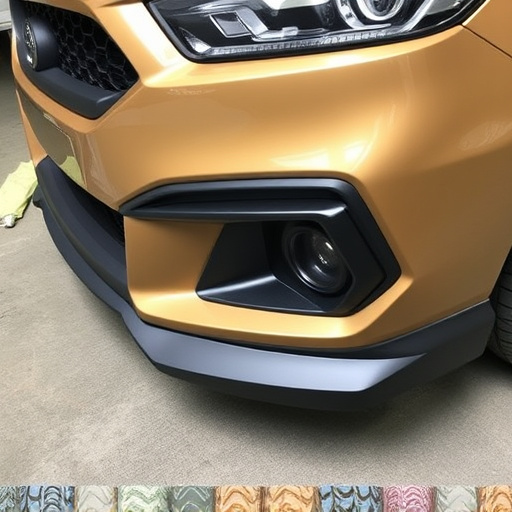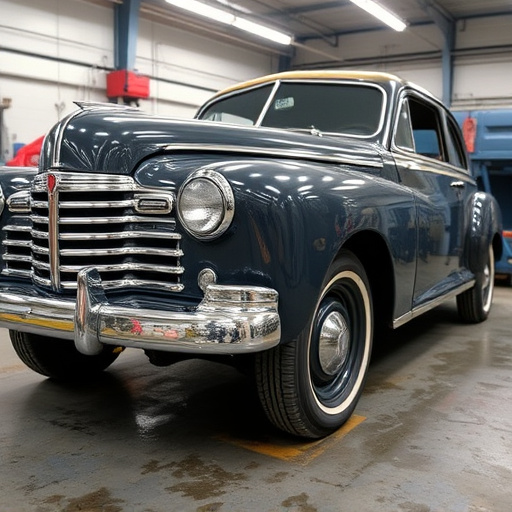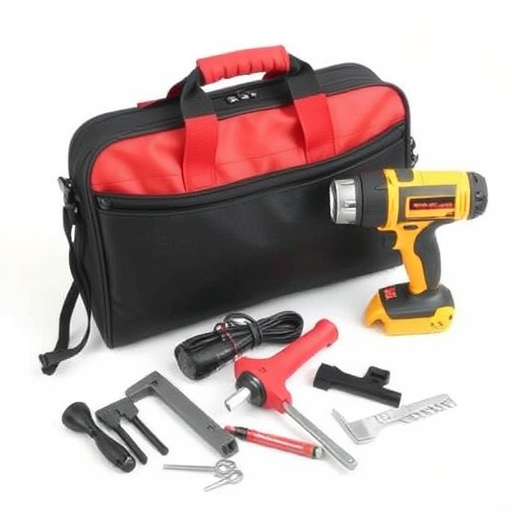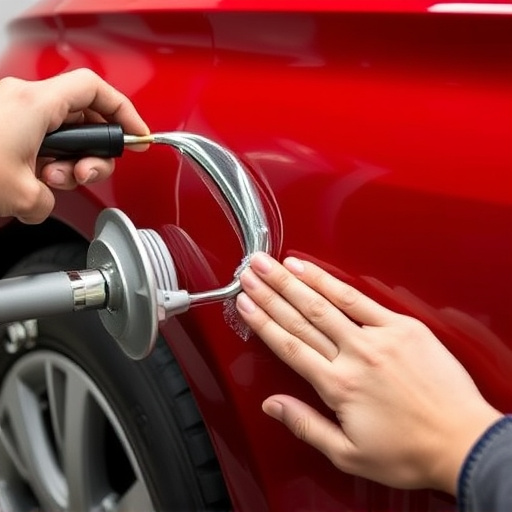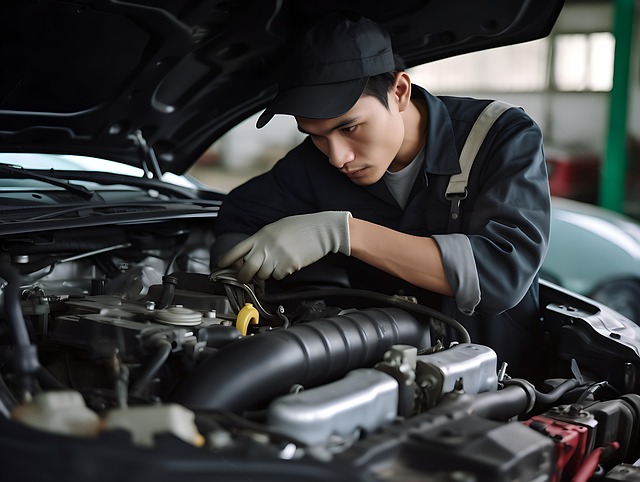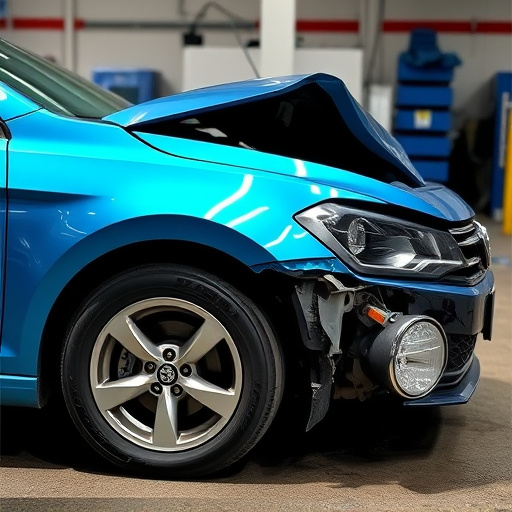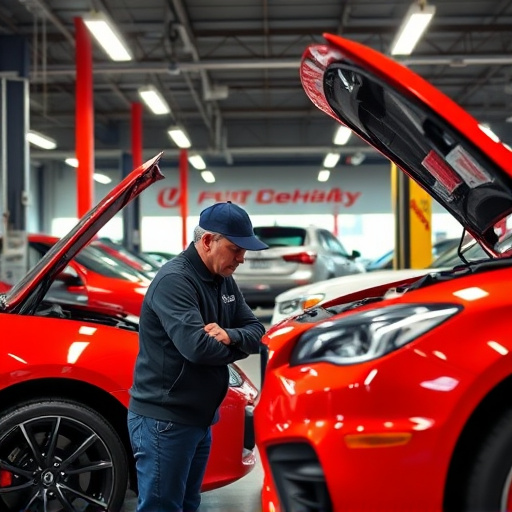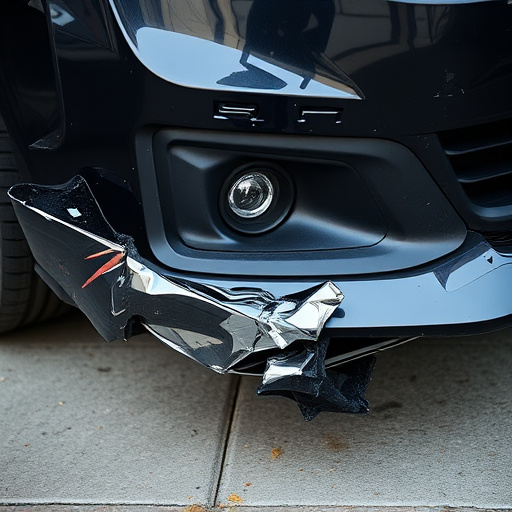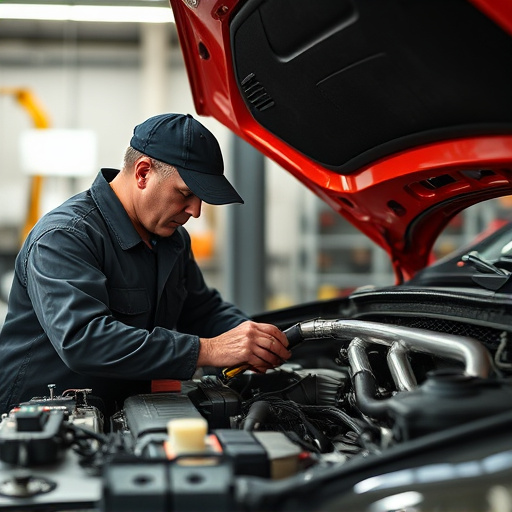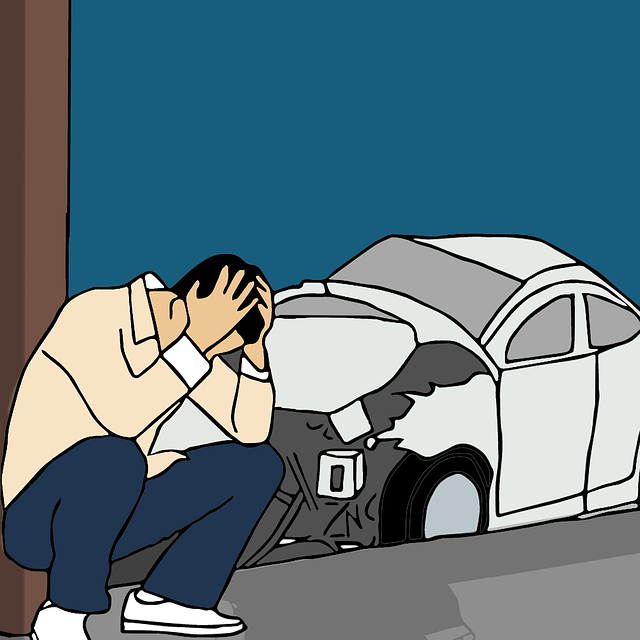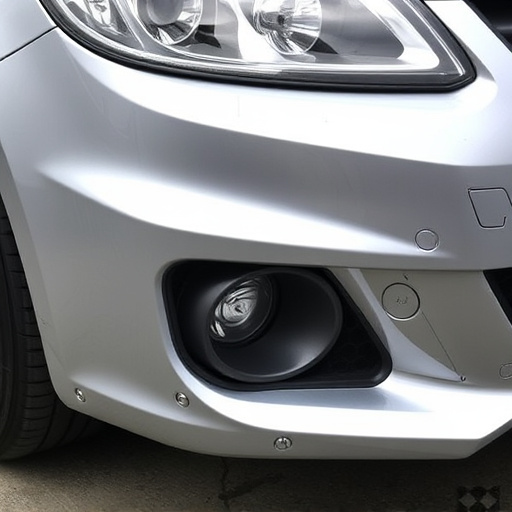Diminished value after repair refers to the decrease in a property's (especially vehicles') market value due to prior repair work, like auto accidents or structural mending. This loss varies based on damage visibility, repair quality, and overall vehicle condition. Owners can negotiate better compensation by documenting pre- and post-repair conditions with high-quality photos and reports, analyzing repairs against industry standards, and articulating the aesthetic and functional impact on value. If an appeal is denied, consulting a legal expert in insurance disputes may be beneficial. Understanding diminished value after repair rights empowers effective navigation of body, dent, or collision repair scenarios.
“After a repair, you might find yourself facing a reduced vehicle or property value—a common issue known as diminished value after repairs. This can be disheartening for homeowners and car owners alike. Understanding how this loss of value occurs is the first step towards reclaiming what’s fair.
This article guides you through the process of appealing diminished value after repair decisions, offering practical steps to craft a compelling case. From grasping the basics to implementing post-appeal strategies, learn how to navigate this complex landscape and fight for your financial well-being.”
- Understanding Diminished Value After Repairs: The Basics
- Steps to Craft a Compelling Appeal for Diminished Value
- Post-Appeal Strategies: Navigating the Next Steps
Understanding Diminished Value After Repairs: The Basics
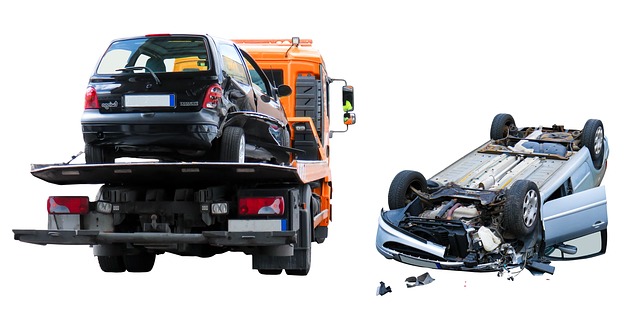
Diminished value after repairs refers to the loss in a property’s market value that occurs as a result of previous repair work. This concept is particularly relevant in the automotive industry, where vehicles, especially those involved in accidents or requiring significant structural repairs like auto frame repair or fender repair, may see their resale value dip even after successful restoration through vehicle repair services. The extent of this diminished value can vary greatly depending on several factors such as the visibility of previous damage and repairs, the quality of work performed, and the overall condition of the vehicle.
In simple terms, when a car undergoes extensive repairs, it may no longer appeal to potential buyers in the same way as before, even if those repairs are invisible to the untrained eye or have been expertly executed. This phenomenon underscores the importance of understanding diminished value after repair and its implications for both owners and auto body shops. Being aware of these dynamics can help vehicle owners negotiate better compensation when their cars suffer damage and guide auto repair services in implementing practices that preserve a vehicle’s value during and post-repair.
Steps to Craft a Compelling Appeal for Diminished Value

Crafting a compelling appeal for diminished value after repairs involves strategic steps to ensure your case is strongly presented. Begin by thoroughly documenting the pre-and post-repair condition of the vehicle using high-quality photographs and detailed reports. These visual aids will serve as concrete evidence to support your claim.
Next, meticulously analyze the repair process and identify any discrepancies or substandard work. Understand industry standards for collision repair and body shop services (including car bodywork services) and highlight any deviations. Clearly articulate the impact of these issues on the vehicle’s overall value, focusing on aesthetic and functional aspects. Use persuasive language to convey the significant decrease in market value post-repair.
Post-Appeal Strategies: Navigating the Next Steps

After submitting your appeal, it’s crucial to have a post-appeal strategy ready. The next steps involve actively monitoring the situation and being prepared for potential outcomes. If your appeal is successful, the insurance company will need to compensate you for the diminished value after repair—a reduction in your vehicle’s resale value due to the incident. This compensation should cover any difference in value between before and after the repair, ensuring you’re not left with a vehicle that retains less worth than it did prior to the damage.
If your appeal is denied, don’t lose hope. You have options to explore further, including seeking a second opinion from an independent appraiser or consulting with a legal professional specializing in insurance disputes. Understanding your rights and the ins and outs of diminished value after repair cases can be empowering. Remember, knowledge is key when navigating these complex processes, especially regarding vehicle body repair, auto dent repair, or auto collision repair scenarios.
In understanding and navigating diminished value after repairs, it’s clear that a well-crafted appeal can make a significant difference. By following the steps outlined in this article—from grasping the basics of diminished value to crafting a compelling appeal and employing post-appeal strategies—you’re better equipped to protect your rights and secure the compensation you deserve for reduced vehicle value post-repair. Remember, knowledge is power, especially when advocating for your interests in the automotive industry.



